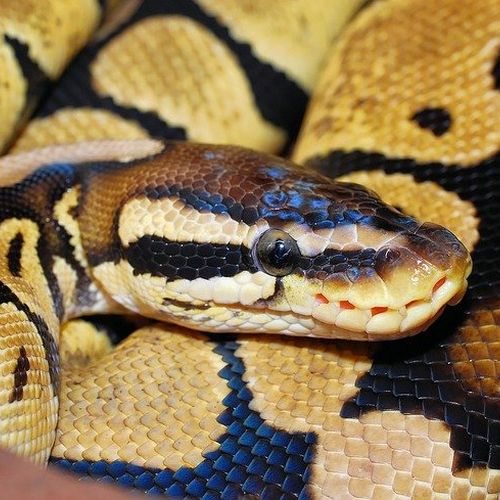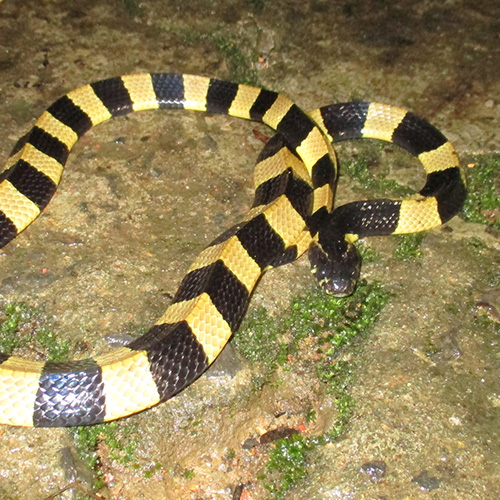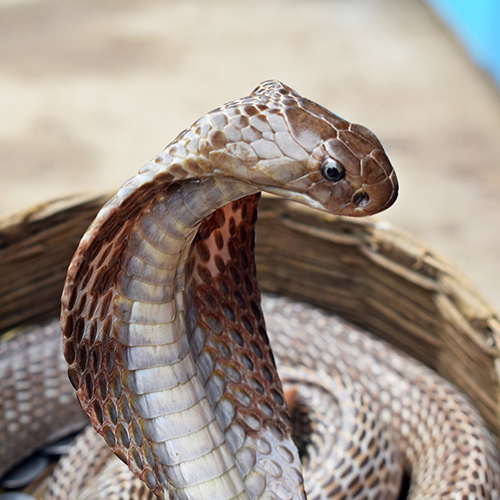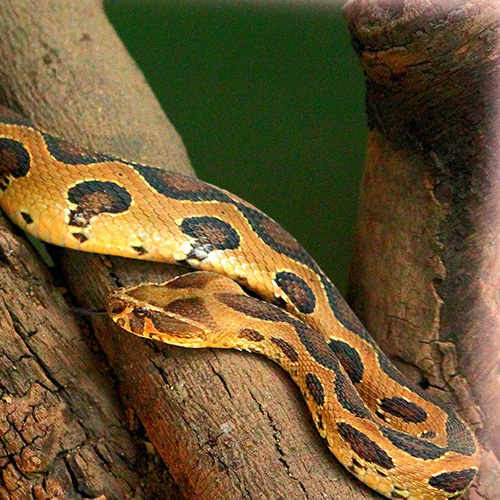reptiles of kanha
The exothermic or poikilothermic cold-blooded amniotic vertebrates, which are solitary, crawling organisms, make up the class Reptilia. They can be nocturnal or diurnal and live in trees, freshwater, the ocean, and land (arboreal). Reptiles can either be oviparous or viviparous and breathe through their lungs (pulmonary system). Scales or shields, which might be soft or rigid, may cover the body. Dinosaurs from the distant past and ancestor stem reptiles both had horny plates covering their bodies. Reptiles might not have limbs.
With the exception of Pythons, Boas, and worm snakes, which have simple spurs in place of limbs, many species (snakes) lack limbs, girdles, and toes. If limbs are present, they may be bi-dactyl, tri-dactyl, or penta-dactyl. Tortoises, turtles, crocodilians, snakes, lizards, and Rhyncocephalia are currently the representatives of reptiles, which are found in many environments throughout the world (Sphenodon). The upper Permian epoch, roughly 210 million years ago, was when the majority of today’s reptiles first appeared.

Python

Massive (a full grown adult is usually more than 5 metres long), non-poisonous (it doesn’t need to be poisonous) and nocturnal, it strangulates its prey and then swallows it.
You can carry out a guessing game by trying to guess its last meal from the size of its stomach bulge. Feeds on mammals, birds and reptiles indiscriminately but seems to prefer mammals. Loves to eat Langurs and can even swallow Chitals. Its stomach contents are recorded to have swallowed even the leopard. Look out for it near the numerous streams and waterholes that Tala range is so generously endowed with.
krait

Two species – The Common Indian Krait and the Banded Krait occur in the Park. The common krait is slow moving but extremely poisonous and is frequently found near or in water. Bites only on provocation but cases are known of people sleeping on ground being bitten when unknowingly rolling on or placing a limb in their sleep on a krait moving nearby. Venom is more toxic than that of Cobra and usually fatal. The banded krait is much less poisonous, nocturnal and very rarely sighted.
The Indian Cobra

Forms its hood by spreading the cervical ribs of the neck region and is deadly poisonous. It spreads its hood, makes a hissing sound and raises its head when alarmed. It is frequently found in or near water and is a strong swimmer. Eclectic inhabit and absent in deserts and hills above 1800 m., it is usually not aggressive; the young-ones though, are much more dangerous than adults, being more easily excited and prone to attack. Feeds mostly on rats, frogs, toads and is an inveterate egg-stealer. Cobra bite is not always fatal, cases of recovery equaling, if not exceeding, cases of death.
The Russell’s Viper

The Russel’s viper is thick with a body measuring up to 5 feet. Unlike the krait and the cobra, the fangs are long and foldable. It is nocturnal and deadly poisonous.
The other snakes seen in the Park are the red boa, the sand boa, the checkered keelback snake, the green whip snake – all non-poisonous – the green whip snake is mildly poisonous, its poison resembling that of a cobra, so far as symptoms go. And that is not all There are other equally interesting animals in the Park although sighted rarely due to their shy and nocturnal habits. The Jungle cat, the Ratel, the Honeybadger, the ant-eating pangolin, the porcupine (number of needles go up to 30,000!), the Palm civet, the small Indian civet, the toddy cat, the hare, the squirrels, the shrews, the mouses – just to name a few. There are five species of bats reported – the fulvous fruit bat, the Indian pipistrelle, the flying fox, the eastern horseshoe bat and the false vampire. Two turtles namely the softshell turtle and the flap shell turtle and larger lizards like the Fat-tailed Gecko, the Indian Monitor and the Forest Calotes are also seen quite easily. The common mongoose and the Ruddy mongoose do keep making regular appearances.
ENQUIRE NOW
Lets plan your safari tour. Please fill the enquiry form below and our team will get back to you within 24 hours with a perfect safari package.






